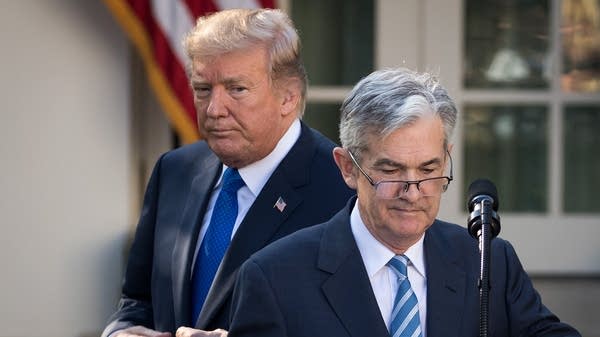Why health care spending is an ever-growing part of GDP
National spending on health care will surpass 20% of GDP by 2033, up from 17.6% in 2023, according to new government estimates.

The national price tag for health care — that’s public and private spending — is only growing. New government estimates show it will reach more than 20% of GDP by 2033. That’s up from around 17% in 2023.
This comes as Congress considers significant cuts to what taxpayers spend on health care for low-income and other vulnerable Americans in the "Big, Beautiful Bill."
Health care spending is expected to outpace GDP growth in the coming years at least through 2033, according to new estimates by the Centers for Medicare and Medicaid Services. One reason why?
“We do see the baby boomers retiring,” said Benjamin Ukert, an assistant professor with Texas A&M University.
As the silver tsunami ages, “people will utilize more health care,” he said.
Treatment is also getting pricier, and you have to factor in the cost of health innovation, per MIT economist Jonathan Gruber. “We're just inventing cool new stuff that costs more money.”
Growth in health care spending isn’t necessarily a bad thing. It drives employment and can lead to new life-saving cures for disease, Gruber said.
“The problem is that society is unwilling to pony up to pay those costs,” he added.
Consider the current debate over cuts to Medicaid spending proposed by Republican lawmakers.
“To kick people off health insurance, we'll spend less on health care, and people will die. And that's a trade-off that I think the U.S. voter needs to recognize that these politicians are making,” said Gruber.
One way or the other, he added that when it comes to their health, Americans will have to pay.













